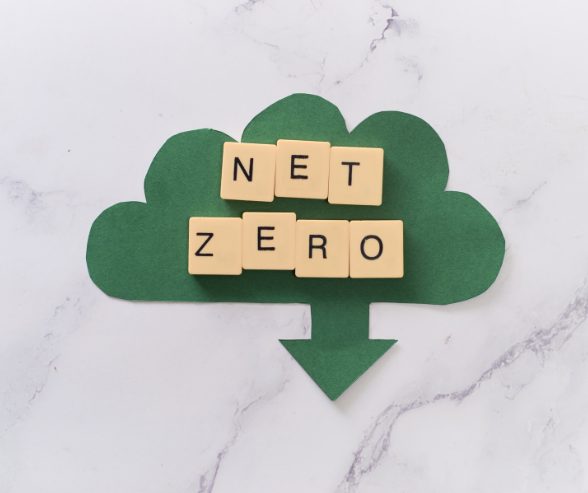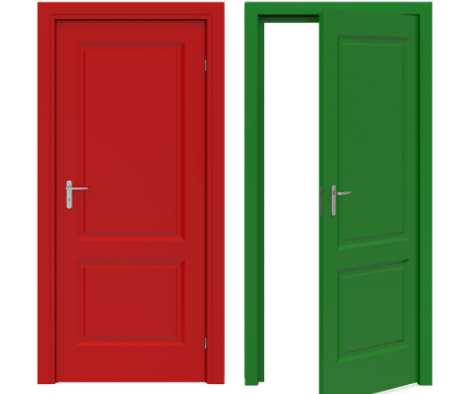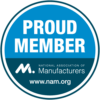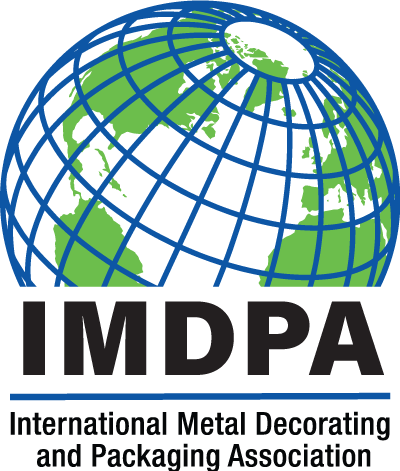The differences between light and heat for manufacturing processes
When it comes to drying/curing methods in industrial processes, two popular methods are thermal drying and UV curing. Both methods are used to transform liquid or semi-liquid materials into solid forms by applying heat or UV radiation. In this blog post, we will discuss the difference between thermal drying and UV curing, and look at the differences in their resins.
While both methods have the same goal of solidifying a substance, there are some significant differences between them.
Thermal drying is a process that involves applying heat to an ink or coating on a substrate to accelerate its hardening time. Thermal drying is often used for substances such as epoxy resins, powder coatings, and certain types of adhesives. The heat is usually supplied through large gas powered thermal ovens, forced hot air driers, or IR lamps with the temperature and duration of the hardening process depending on the specific substance being cured. These drying lines can be very long depending on the target production speed and drying time requirements of the ink or coating.
Thermal drying can be used with a variety of coatings, including epoxy, polyester, acrylic, and polyurethane coatings. These coatings can be applied to various substrates, such as metals, plastics, and composites. Some coatings may require special formulations to ensure proper drying during the thermal drying process. For example, some coatings may require the addition of drying agents or accelerators to improve drying efficiency or reduce drying time.
Challenges facing thermal drying include damage to heat-sensitive materials, a loss of shine, inconsistencies in drying, high energy consumption costs, and environmental factors associated with a longer drying period.
UV curing, also known as ultraviolet curing, is a process that uses ultraviolet light to cure a substance onto a substate. UV curable resin is specifically formulated with photoinitiators that react to ultraviolet light and trigger the polymerization process. The method involves exposing the material to UV light, which initiates a photochemical reaction causing the monomers and oligomers in the resin to crosslink and form a strong, durable polymer. This means that only resins that contain these photoinitiators can be cured using UV light.
To ensure proper curing, the resin manufacturer typically specifies the appropriate amount of UV energy at a specific wavelength range, and the peak Iiradiance of UV light required, which can be impacted by the UV system’s output capability and its distance between the UV light source and the surface being cured.
In addition to visual inspection, it may be helpful to perform a mechanical or chemical test to confirm that the resin has fully cured. For example, a hardness test can be performed using a durometer to measure the surface hardness of the cured resin. A chemical test can be performed by exposing the surface to a solvent or chemical that the cured resin should be resistant to, to ensure that it does not soften or dissolve, or simply rub off.
Overall, proper curing of a UV curable resin depends on several factors, including the type of resin used, the application method, the UV light source, and the environmental conditions during curing. Following the manufacturer’s instructions and performing proper testing can help ensure that the resin has cured properly and will perform as expected.
One of the main advantages of UV curing is that it can cure substances very quickly, typically in just a few seconds, while utilizing a very small footprint on the production line. However, curing a thicker coating can be a challenge for some UV curing systems because they lack the power to penetrate deep enough to cure completely and consistently.
Overall, the choice between thermal drying and UV curing ultimately depends on the specific application, and factors such as speed, durability, and environmental impact should be taken into consideration. Understanding the differences between these two methods will help you choose the best technology for your specific application.



